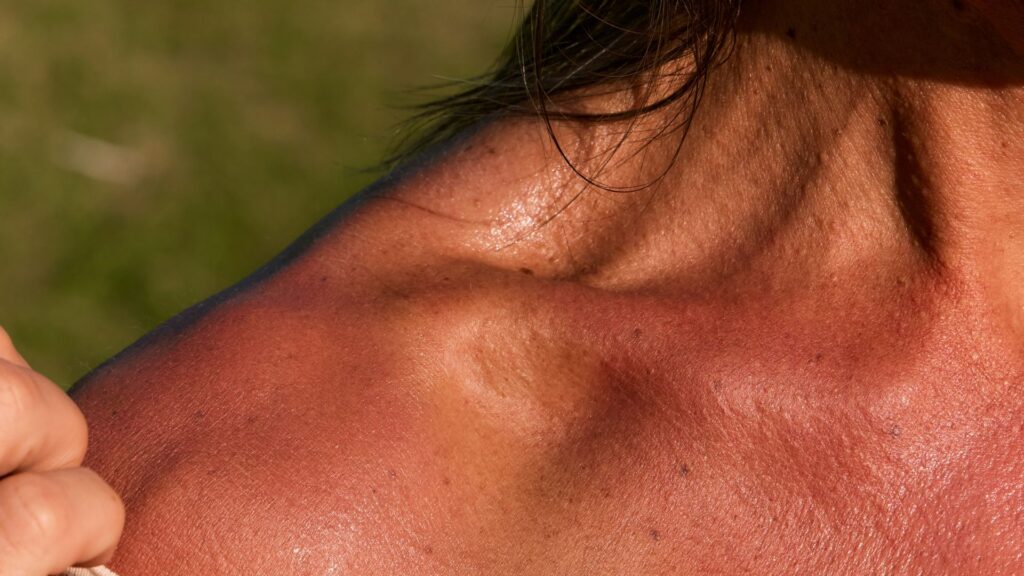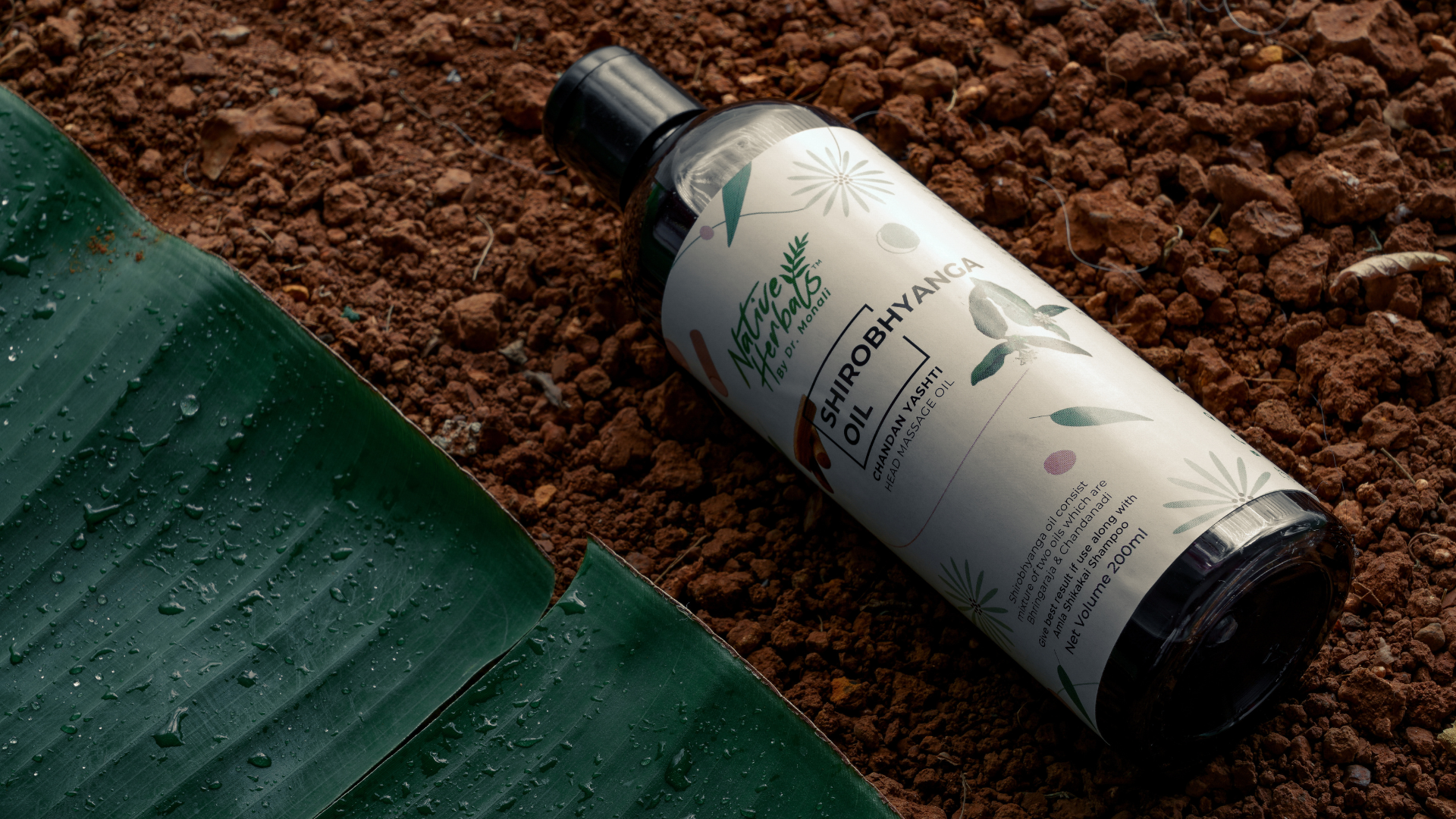Pigmentation Problems? Here’s What’s Causing It and How to Treat It Naturally!
Ever noticed those stubborn dark spots or uneven skin tone that just won’t go away? Pigmentation can sneak up on us in different forms, from sunspots to melasma, leaving the skin looking dull and uneven. But don’t worry, you’re not alone! Understanding what causes pigmentation and how to treat it effectively can help you achieve that radiant, flawless glow. Let’s dive into the details!
What is Pigmentation?
Pigmentation occurs when melanin, the pigment responsible for skin color, is produced in excess. This leads to the appearance of darker patches or uneven skin tone. While pigmentation is harmless, it can affect one’s confidence and overall skin health if left untreated.
Top Causes of Pigmentation:
1] Sun Exposure:
Prolonged exposure to UV rays triggers the production of melanin as a protective barrier, leading to sunspots and tanning. Over time, this results in hyperpigmentation.
2] Hormonal Changes:
Hormonal fluctuations during pregnancy, menopause, or due to birth control pills can cause melasma, a type of pigmentation that appears as dark patches on the face.
3] Post-Inflammatory Hyperpigmentation (PIH):
Acne scars, skin injuries, or inflammation can leave behind dark spots, leading to pigmentation after the skin heals.
4] Harsh Skincare Products:
Using harsh chemicals, bleach, or irritants can disrupt the skin’s natural barrier, causing irritation and resulting in pigmentation over time.
5] Aging and Oxidative Stress:
As we age, melanin production becomes uneven, leading to age spots and uneven skin tone. Oxidative stress further accelerates skin damage.
6] Medical Conditions:
Conditions like Addison’s disease and certain medications can also contribute to excessive melanin production, causing pigmentation.

Types of Pigmentation:
1] Melasma: Hormone-induced patches, usually on the cheeks, forehead, and upper lip.
2] Sunspots (Solar Lentigines): Caused by prolonged sun exposure, often appearing on areas exposed to sunlight.
3] Freckles: Small brown spots that often become more pronounced with sun exposure.
4] Post-Inflammatory Hyperpigmentation (PIH): Dark spots that appear after acne, eczema, or skin injury.
Ayurveda’s Take on Pigmentation:
In Ayurveda, pigmentation is linked to an imbalance in Pitta Dosha, which governs heat and metabolism in the body. Excessive Pitta, aggravated by sun exposure, stress, and poor diet, causes an accumulation of toxins (Ama) that manifest as pigmentation on the skin.
Natural and Effective Ways to Treat Pigmentation:
1] Kumkumadi Tailam: The Golden Elixir for Skin:
A powerful Ayurvedic oil enriched with saffron, sandalwood, and other herbs, Kumkumadi Tailam reduces pigmentation, improves skin texture, and restores radiance. Apply it overnight for best results.
2] Lemon and Honey Mask:
Lemon’s natural bleaching properties and honey’s hydration work together to lighten dark spots. Apply a mixture of fresh lemon juice and honey for 10-15 minutes and rinse off.
3] Aloe Vera Gel for Soothing and Repair:
Aloe vera contains aloin, a compound that naturally reduces pigmentation and promotes skin healing. Apply fresh aloe vera gel directly to pigmented areas daily.
4] Turmeric (Haldi) Face Pack:
Turmeric’s anti-inflammatory and antioxidant properties make it a go-to solution in Ayurveda. Mix turmeric with curd and apply it as a face mask to brighten the skin and reduce pigmentation.
5] Chandan (Sandalwood) Paste:
Sandalwood cools the skin and balances Pitta, reducing pigmentation and enhancing glow. Apply a paste of sandalwood powder with rose water and leave it on for 15 minutes.








Leave a comment